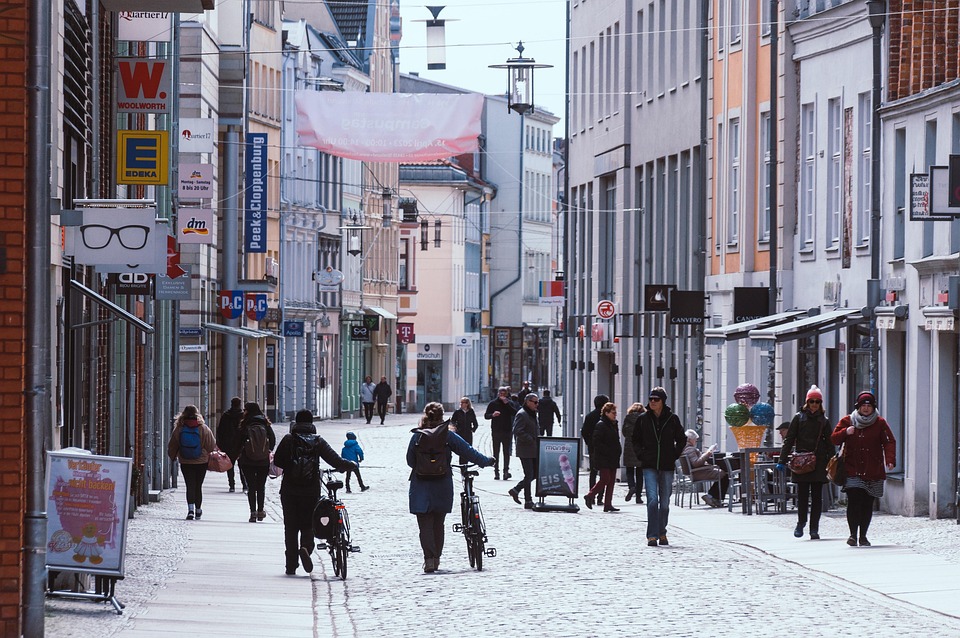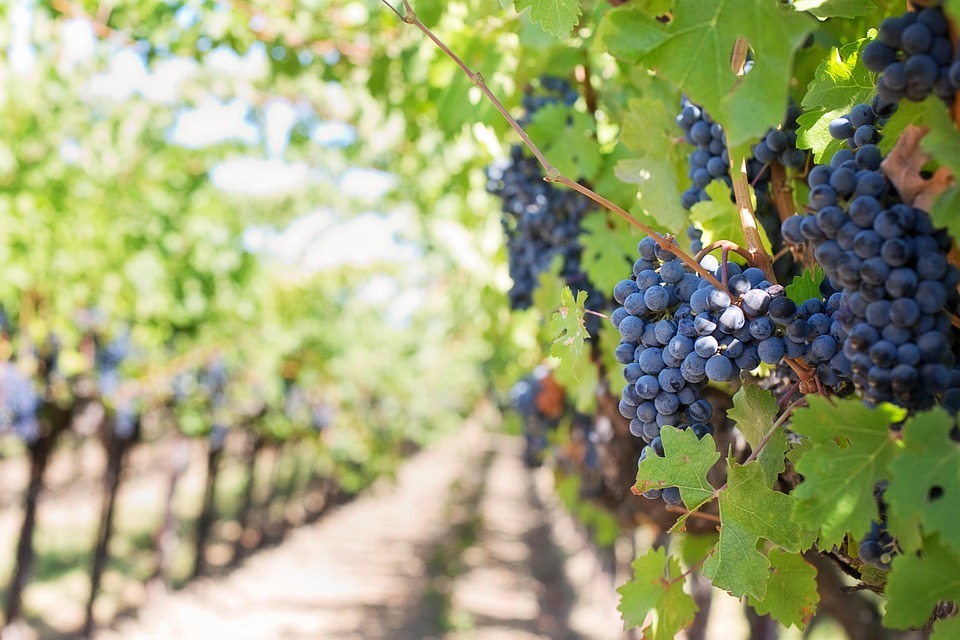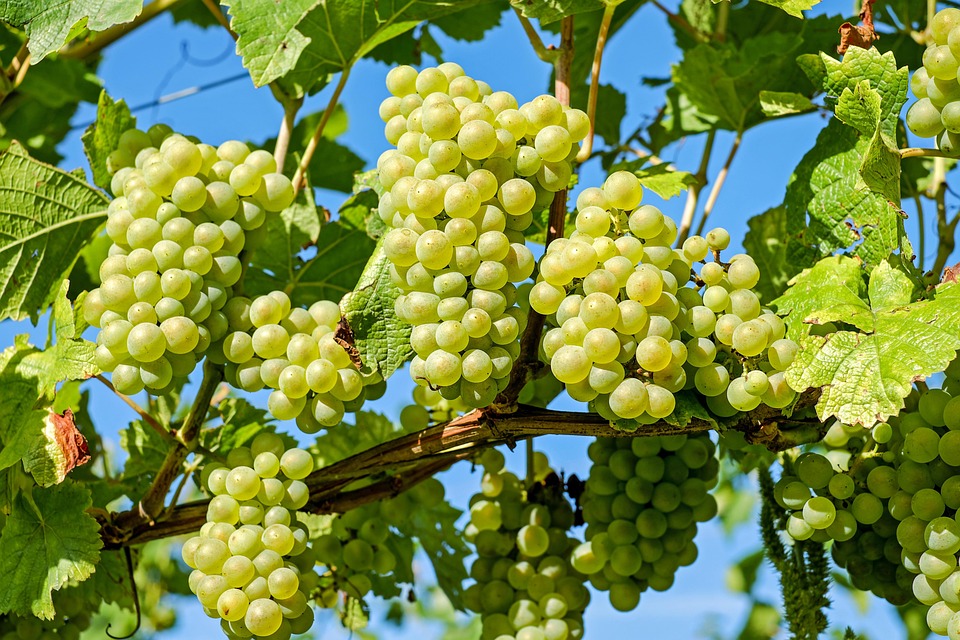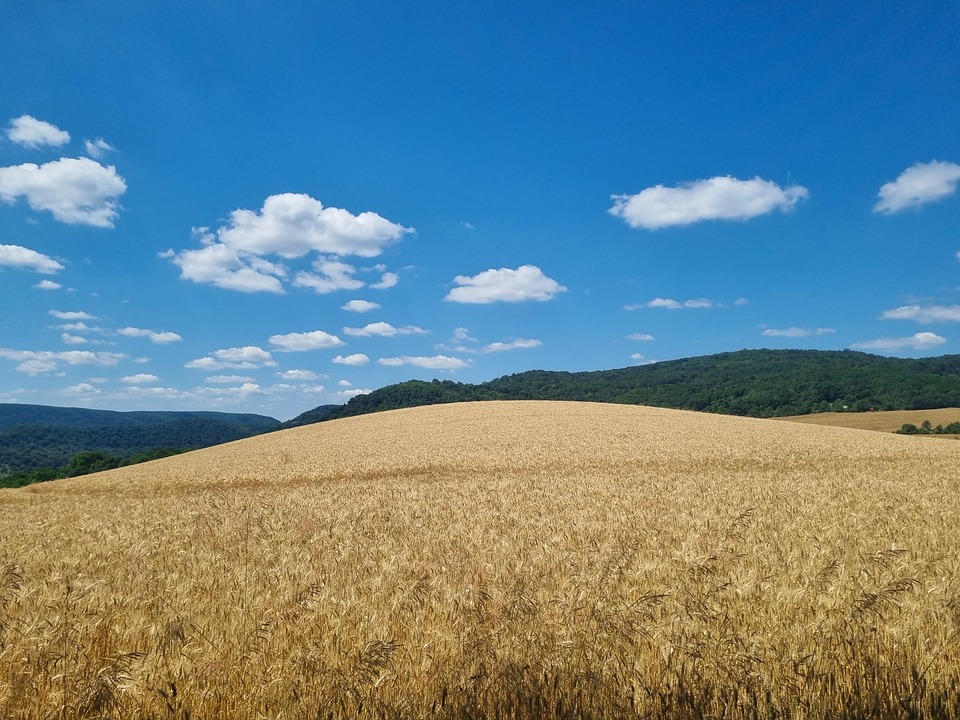Exploring the World Responsibly: Tips for Sustainable International Travel
# Exploring the World Responsibly: Tips for Sustainable International Travel Traveling can be one of life’s greatest adventures. Picture this: gazing up at the sweeping beauty of the Northern Lights in Iceland, meandering through vibrant street markets in Thailand, or sipping espresso at a quaint café in Florence. These experiences ignite a sense of wonder and connection to the world around us. However, the excitement of travel comes with an important responsibility—ensuring that our adventures do not come at the expense of the environment or local communities. Here, we’ll explore how to make your international travels more sustainable, while still embracing all the joy they bring. ## The Rise of Eco-Conscious Travelers The conversation surrounding sustainable travel has never been more relevant. With the buzzing influence of social media, travelers are more aware than ever of their impact on the places they visit. According to a recent report, eco-tourism is expected to grow by 25% over the next five years. This shift symbolizes a growing awareness that travel can be delightful and responsible at the same time. ### Why Sustainable Travel Matters Traveling sustainably isn’t just about reducing carbon footprints—it’s about nurturing relationships with the destinations we love. Poor tourism practices can lead to environmental degradation, loss of culture, and harm to local economies. By adopting sustainable practices, travelers help preserve the unique beauty of destinations while supporting local communities. ### Getting Started: Plan Wisely #### Choose Eco-Friendly Accommodation The first step in planning a sustainable trip is selecting where you’ll stay. Look for accommodations that have received eco-certifications, such as LEED or Green Key. These establishments take measures to minimize waste, conserve energy, and support local communities. Many eco-conscious hotels offer unique experiences, such as guided nature walks or locally sourced dining, turning your stay into a rich cultural exchange. #### Travel Off-Peak Consider visiting popular destinations during their off-peak seasons. Not only will this help avoid crowds, but it also allows local businesses a steadier stream of income year-round. This approach reduces strain on local resources and helps maintain the authenticity of your experience. Traveling during shoulder seasons can also lead to substantial savings on airfare and accommodations! ### Transportation: Embrace Green Choices #### Fly Smart When flying is necessary, consider the following: – **Direct Flights**: Opt for direct routes whenever possible to minimize fuel consumption. – **Carbon Offsetting**: Many airlines offer options to offset your flight’s carbon emissions. Utilize these services to help balance your travel impact. #### Explore Locally Once at your destination, explore green transportation methods. Walking, cycling, or using public transport reduces your carbon footprint significantly. Not only is this more sustainable, but it also allows for a deeper connection with the local area, providing opportunities to discover hidden gems that mass tourism often overlooks. ### Engage with Local Cultures #### Support Local Businesses Engaging with local businesses can enhance your travel experience while contributing to the community’s economy. Seek out local artisans, farmers, and family-owned restaurants rather than international chains. Not only will you savor authentic flavors and craftsmanship, but you’ll also help keep traditional cultures alive. #### Participate in Community-Based Tourism (CBT) Look for opportunities to engage in Community-Based Tourism (CBT) initiatives. These programs often provide travelers with authentic experiences while directly benefiting the local communities. Activities could include cooking classes, handicraft workshops, or guided tours led by local residents. ### Make Conscious Choices On-the-Go #### Reduce Single-Use Plastics Pack reusable items like water bottles, utensils, and shopping bags. Many destinations now have refill stations for water bottles, reducing the need for single-use plastics. It’s a small change that significantly impacts global plastic pollution. #### Be Mindful of Wildlife While it’s tempting to take that perfect selfie with local wildlife, think twice. Many popular wildlife attractions may support unethical treatment of animals. Always choose wildlife experiences that prioritize conservation and animal welfare. ### Capture Your Memories Responsibly Photography is a wonderful way to document your travels. However, it’s essential to respect local customs and people’s privacy. Before snapping a photo, particularly of individuals, ask for permission. Additionally, be cautious about capturing images in sacred spaces or wildlife habitats; your lens should reflect admiration, not exploitation. ### Leave No Trace The principle of “Leave No Trace” is crucial in sustainable travel. This means respecting nature by taking only photographs and leaving only footprints. Dispose of waste properly, stay on marked trails, and leave natural and cultural features undisturbed. Not only does this preserve the beauty of the environment, but it ensures future generations can enjoy these treasures too. ### Pro Tips for Sustainable International Travel 1. **Research Local Customs**: Familiarize yourself with local customs and etiquette to ensure respectful interactions. 2. **Pack Light**: The heavier your luggage, the more fuel your transportation will use. Pack versatile clothing for different activities. 3. **Use Eco-Friendly Toiletries**: Switch to biodegradable travel-sized toiletries and avoid single-use plastic bottles. 4. **Choose Sustainable Activities**: Look for eco-tourism activities such as snorkeling in protected marine parks or hiking with a local guide, which supports conservation efforts. 5. **Share Your Experiences**: Use social media to promote responsible travel and share your sustainable practices. This encourages others to be mindful travelers too. ### The Future of Travel As the global travel industry adapts to climate challenges, staying informed about sustainable practices is vital. Communities worldwide are increasingly recognizing the need for responsible tourism and are often more than willing to educate visitors eager to engage and learn. ### Conclusion Exploring the world responsibly allows us to immerse ourselves while preserving the beauty, culture, and spirit of the places we visit. By taking conscious steps toward sustainable travel, we contribute to a collective effort that goes beyond enjoyment. Every journey is an opportunity to champion the planet and the people we encounter along the way. So next time you plan an adventure, consider how you can make it a journey of discovery—not just for yourself, but for the destinations you cherish. Embrace sustainable travel and watch the world transform around you! From










